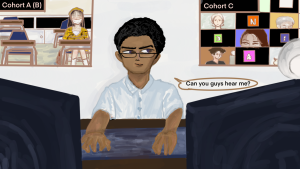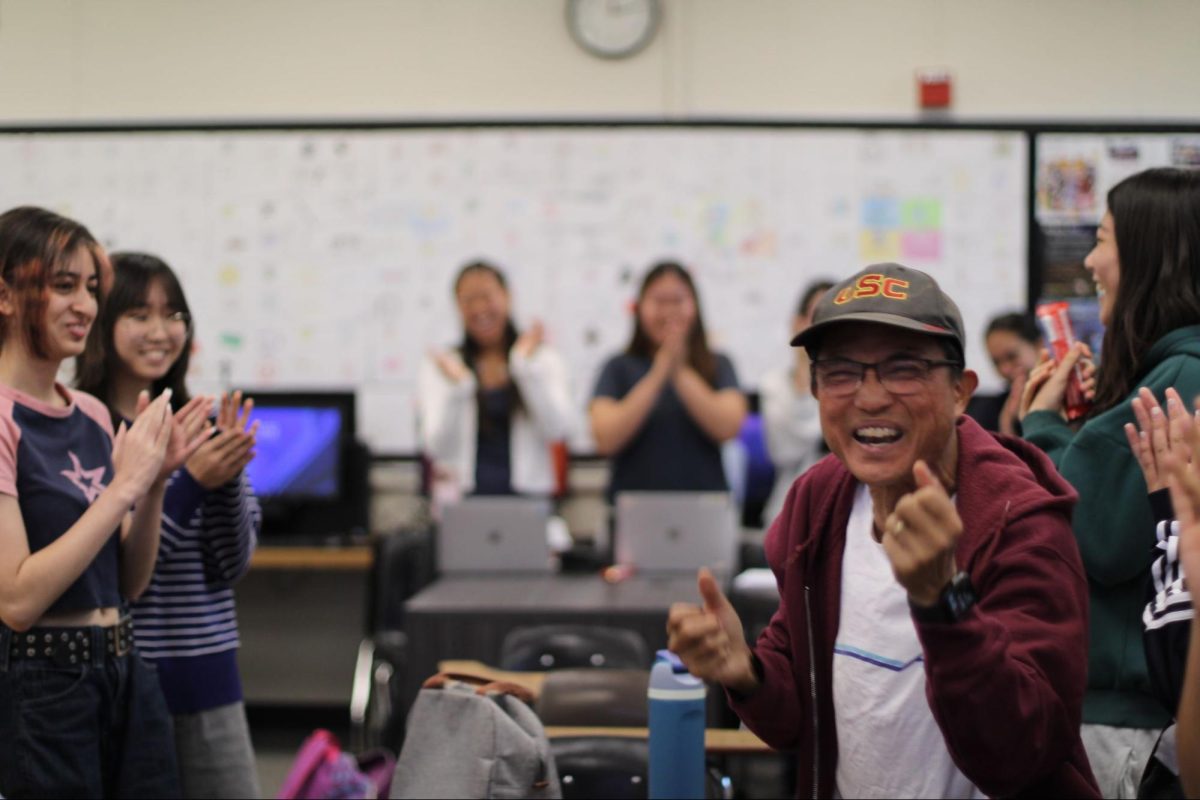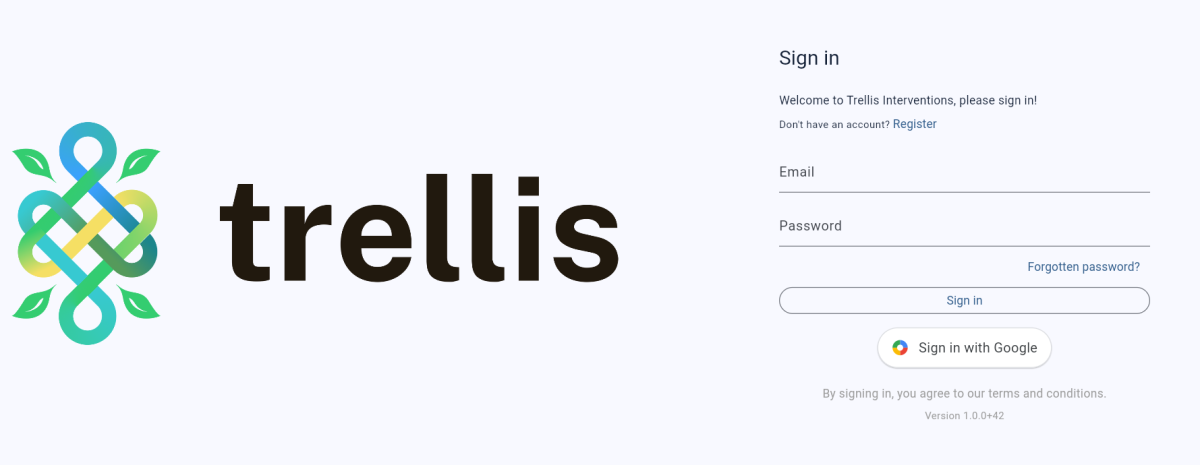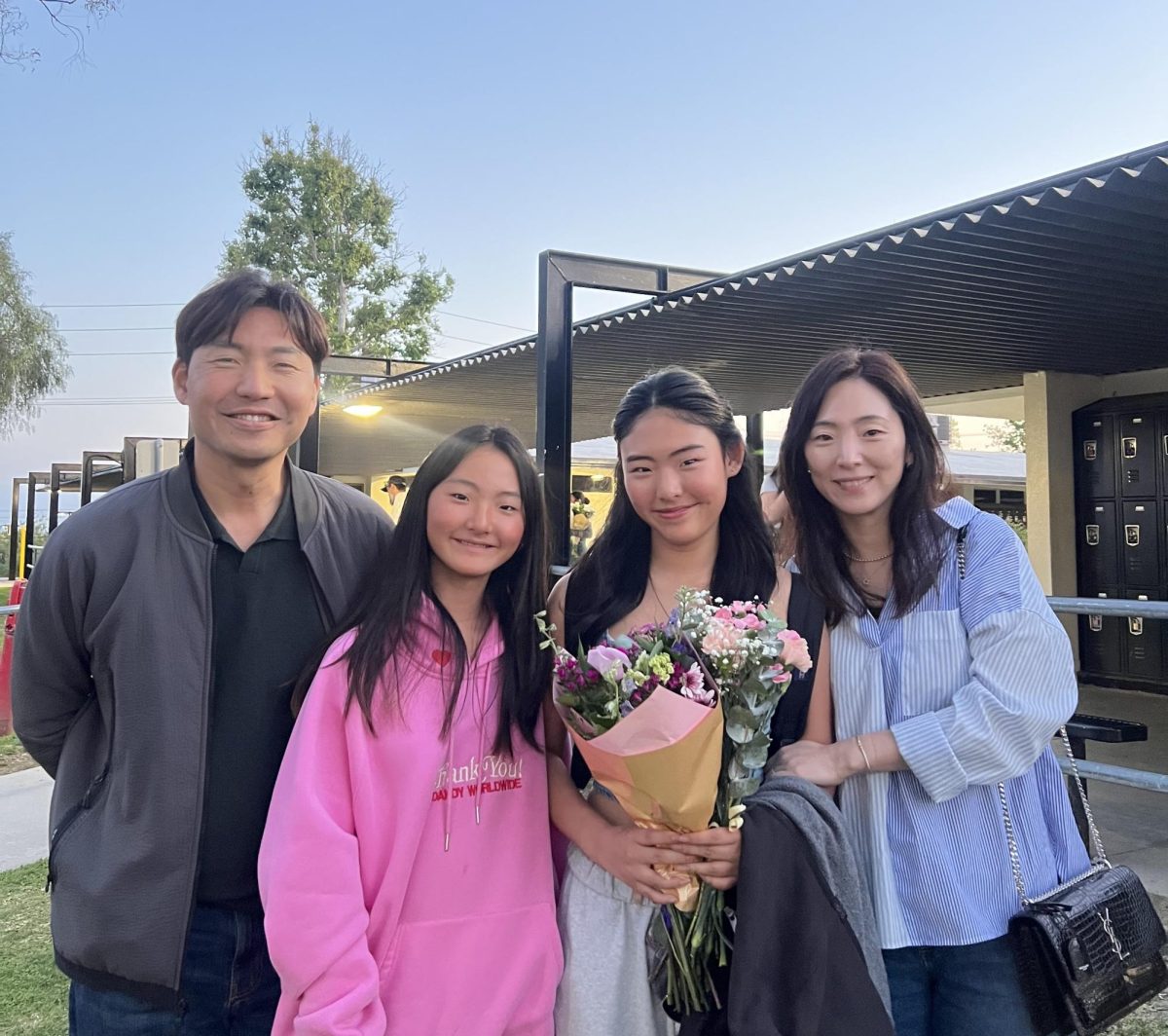Hybrid offers healthier option
November 2, 2020
As the beginning of the semester started with distance learning, online lessons and constant video chatting prove that “real” life cannot be replicated through a screen.
Online learning started to slow the spread of the coronavirus, but people have to start interacting in person with one another again.
Students stay indoors all day, staring at their computer screens for hours on end — excluding the time they spend doing homework or virtually chatting with friends. It’s only a matter of time before they start suffering from the consequences of being on their electronics for so long without adequate breaks.
This isn’t healthy.
The closest thing to a solution at the moment is hybrid learning — a half online, half in-person form of education — so that at least some students can spend time away from all their screens.
Not only this, but students at school can get at least a little bit of fresh air (while wearing masks) and briefly exercise while walking around on campus.
Between classes, not many students can walk around like they do during school. Instead, many sit at their desks and stay in the Zoom waiting room of their next class.
This lack of movement can cause students to become lethargic, as opposed to those who move frequently from class to class on campus.
Even the social aspect of hybrid learning can improve students’ moods.
Participating in virtual learning for extended periods of time may lead to loneliness or depression as a result of this lack of human contact. According to a July article by the American Academy of Pediatrics, school can also be a place for socialization. Even when students and teachers maintain a six-feet distance, they can still interact and converse with one another, making virtual learning less effective and less enjoyable in this sense.
This doesn’t only affect students, either.
Many teachers haven’t gotten the chance to properly “meet” their students if they’re constantly muted or off camera, but in person, they can converse and get to know each other better than what a few icebreakers could do in a Zoom meeting.
Forming teacher-student relationships is an integral part of a traditional education system. Educators work alongside students, help them grow and later recommend them to gain admission at institutions of higher learning. Not only this, students can learn to trust their teachers if they talk to them, and an online format doesn’t really support this kind of conversation in which body language and tone of voice can show off the personality of each student.
Online, these visual and nonverbal cues aren’t as easy to pick up on or may be missed completely.
Though some may argue that the coronavirus still poses a huge threat, reopening schools and gradually admitting students who need it may be the best option to satisfy those who need the social interaction and those who wish to stay in their homes. The hybrid learning model offers a compromise for those who need to stay home to keep immunocompromised family members safe and those who want to return and interact face to face with a few other students and teachers.
So as convenient as it may be to wake up later, log onto a Zoom meeting and sit through class with a muted mic and no camera, this isn’t living, and it can’t go on for much longer.
People — not just students and teachers — need to live in the real world, not some virtual replica, and hybrid learning is the first step to take if others want to start actually living.












